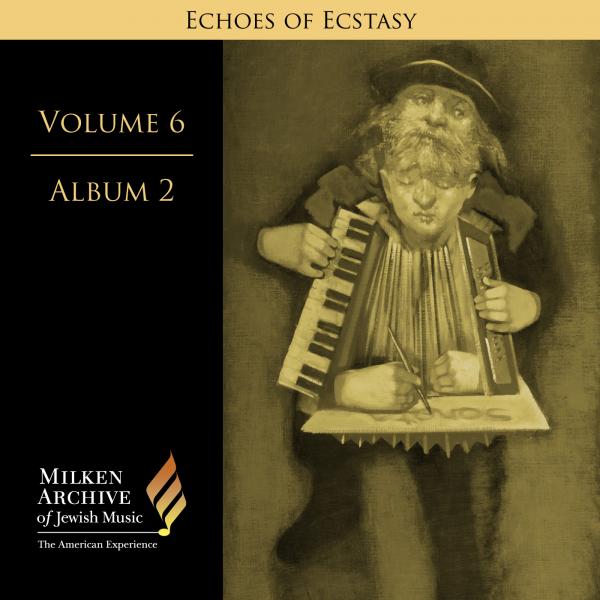Tracks
Liner Notes
As a composer, Binder’s most successful work and principal reputation rests on his vocal music. Yet his Two Hassidic Moods (1934) for string quartet, little known and still in unpublished manuscript, is probably his finest exception. As the title suggests, the piece explores moods and even altered states associated with Hassidic mysticism, although it does not quote any known or established Hassidic tunes. The melodic material here appears to be entirely original. The work does, however, rely on certain modalities typical of Hassidic song—modalities that Hassidim adopted from their surrounding host cultures in the Ukraine and Poland during the 18th and 19th centuries but which have come to be perceived as emblematic of Hassidic expression. In that sense, Binder treats his material in the context of traditionally Hassidic aesthetics and sensibilities.
The first movement, Meditation, has the characteristic feeling of meditative, soulful prayer among Hassidim. Just as the more complex Hassidic niggunim (religious melodies) typically begin slowly and increase in the intensity of mystical closeness and clinging to the Divine essence, the tempo of this movement builds gradually as the melodic ideas are developed and repeated with variations in different string combinations. The mood then reverts to a slow yet pulsating dance feeling, reflecting an even deeper level of the desired spiritual ecstasy and climax, which segues to a concluding cadenza for the cello.
The second movement, Dance, also begins slowly—this time almost as if to suggest a gradual series of warm-up movements in preparation for an actual dance. The movement is built on a simple motive and its continuous development through alterations, fragmentation, and augmentation and expansion. Following another solo cadenza for the cello, the entire ensemble engages in a vigorous dance. After a brief lyric interruption, the momentum returns and increases until the movement’s conclusion.
This string quartet conveys, through the standard artistic devices of Western composition, some of the quintessential fervor and entranced states of Hassidic prayer, song, and dance—which can be intertwined on several levels in Hassidic perceptions of communication with God. The piece focuses on two aspects of Hassidic life: meditative contemplation, whose goal is to reach a state of the soul’s clinging to God with ecstatic love (hitlahavut); and joy—at that very closeness to the Divine, but also as a continual celebration of life. Although such fast-paced dance might appear on its surface to represent simple frivolity, in the Hassidic world it becomes a form of profound ecstasy in the context of religious experience, as much so as quiet contemplation. These two movements, therefore, are interrelated and might be considered two manifestations of a single spiritual encounter.
Credits
Composer: Abraham BinderPerformers: Bochmann Quartet

